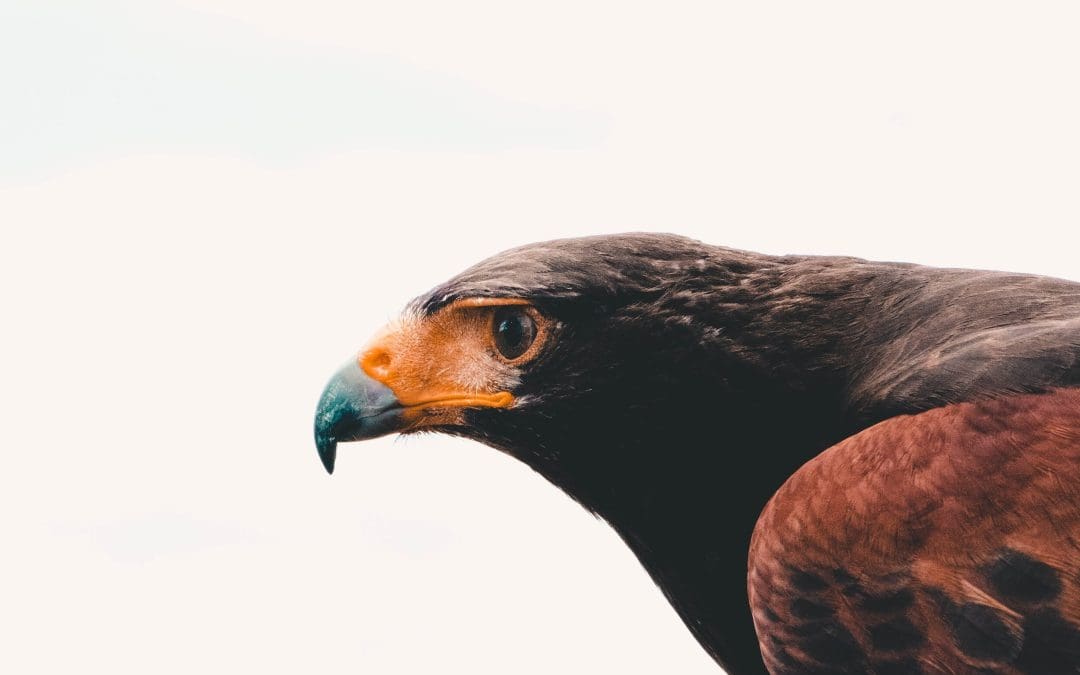Are you at the point in your career where you’re trying to figure out what’s next? Whether that’s a new role, a promotion, a complete shift in direction, or something else entirely – knowing when and how you do your best work helps a lot in the decision making process.
In my last blog we explored how the tools you use can influence your direction and what you can do to refine your professional niche at the technical level.
In this post I invite you to think about your ideal working conditions: what does a great work day look like for you and what environment helps you do your best work?
Defining your ideal working day
Think about a typical day at work and it’s bound to be a mix between things you enjoy, things that are challenging, things you really like working on and stuff you’d rather not.
Let’s look at some questions that can help you figure out what your ideal working day looks like, i.e. how can you do more of what you’re good at and what you enjoy and reduce (or at least identify) the stuff that keeps you from doing great work.
Start by describing a typical work day in detail:
-
How do you start the day?
-
What time do you wake up, what happens before you start working?
-
What tasks do you tackle first?
-
Who do you connect with?
-
What meetings are you in and do they add value to your day?
-
How does your day progress from there?
-
How much time and energy do you have for the most important projects and tasks?
-
How do you finish your work day?
-
What comes afterwards?
Next, reflect on these notes and highlight the stuff that’s good/positive and the stuff that’s negative or keeping you from doing impactful work.
-
Where does your energy go?
-
What are your favourite parts of each day?
-
During which phases or tasks can you best get into the zone or a flow state and really focus on your work until it’s done?
-
How much time do you spend/waste on things that don’t contribute to important outcomes?
-
Which parts are frustrating in your day?
When you gain clarity through a simple exercise like this, you’re putting yourself in a position to make improvements to your day, even if you stay in exactly the same role and company and change nothing else. Maybe you need to remove some unnecessary meetings or reduce distractions to focus more on your key tasks. Use the above exercise to figure out your ideal working day.
Create your ideal working environment
When you want to do your best work, you also need to create the right environment for yourself. It doesn’t matter whether you work in an office, from home, in a store or from a cafe – there are always opportunities to better align your environment to the kind of work you’re doing so you give yourself the best chance at being focused and present.
Most of you likely work in some sort of hybrid model with some time spent in the office and the remainder spent working from home. When did you last assess what works best for you?
Here are some considerations to keep in mind when figuring out your ideal working environment:
-
What’s the ratio of focused work (e.g. writing code, drafting documents, reviewing strategy documents) and collaborative work (e.g. meetings, mentoring, group sessions) in your working week?
-
Do you have the option to retreat to a quiet place at home or in the office when you need to truly focus?
-
How do you handle distractions during focused work?
-
When you spend time in meetings, do you prefer to attend in person or via video call?
From there, think about the finer details:
-
When doing focused work, what does your setup look like? For example, do you enjoy listening to music in the background? Do you need a cup of coffee and special snacks nearby? Do you go for a walk before starting your focus session?
-
During meetings, how do you interact and make your best contributions? Do you take notes? Do you lead the discussion? Do you take charge of the whiteboard?
-
When you think about a recent day that felt productive and satisfying, what was the environment like for different types of tasks? What worked well and what didn’t?
Putting it all together
You don’t need to get it right every single time. Your answers to the questions above, however, will be a really helpful indicator for how you can improve the way you work and the environment you work in.
For me, the best focused work happens when I step away from my desk, grab a stack of papers and pens and start by drafting my ideas in writing first, before going back to my laptop. My favourite way to collaborate is either in video calls with just one or two other people, or in person when it’s a larger group. My ideal working day and environment includes a window with a view, the option to step outside throughout the day, and a nice home cooked lunch.
I invite you to find time in your calendar this week to go through the questions above. I am confident that you will find some new ideas to help you set yourself up for (more) success in your working week. Identify what works well, reduce or eliminate the things that hold you back and see where you go from there.
Have a great week!
Eva

